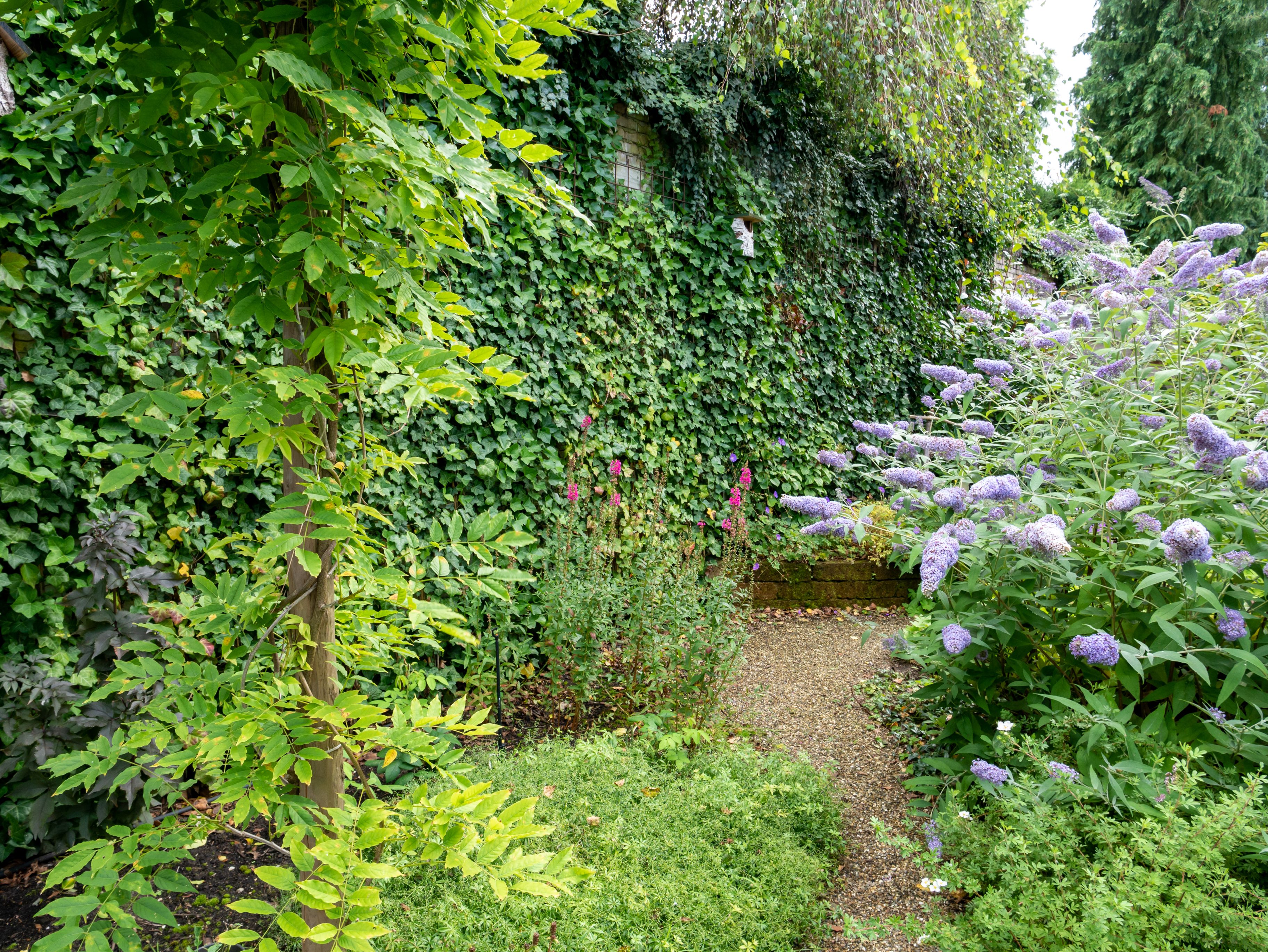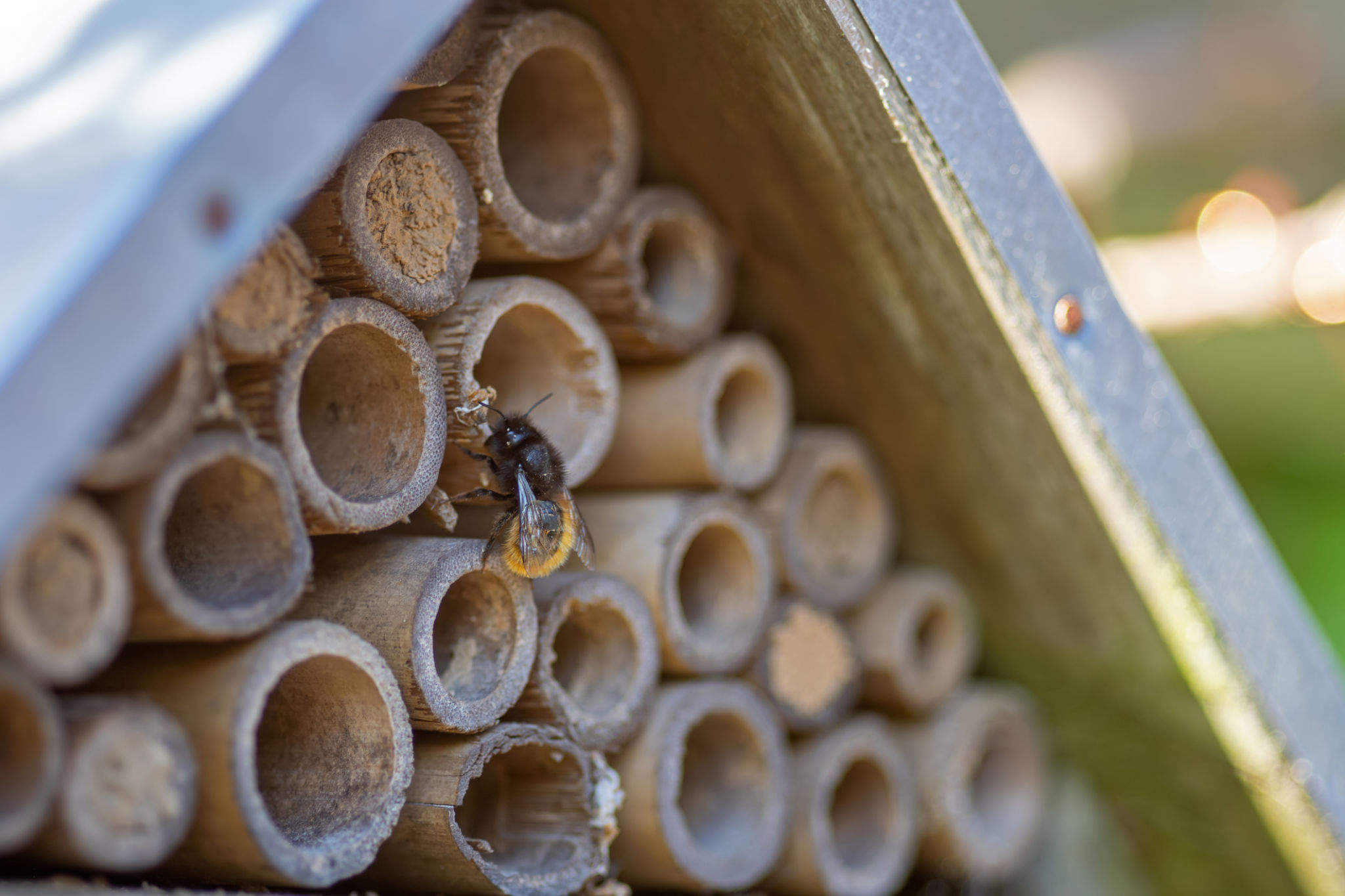Nachhaltiges Gärtnern: Wie Wir Ihren Garten Umweltfreundlich Gestalten
Understanding Sustainable Gardening
Sustainable gardening is an eco-friendly approach that focuses on creating gardens that are in harmony with nature. By incorporating practices that conserve resources and support the ecosystem, we can cultivate gardens that are both beautiful and beneficial for the environment. The goal is to minimize the environmental impact while maximizing the health and productivity of your garden.

Benefits of Sustainable Gardening
Sustainable gardening offers numerous benefits not only to the environment but also to the gardener. By reducing the need for chemical fertilizers and pesticides, it promotes a healthier garden ecosystem. Additionally, sustainable practices often lead to lower maintenance costs and a more resilient garden. By choosing native plants and reducing water usage, gardeners can create spaces that thrive naturally and require less intervention.
Choosing Native Plants
One of the key elements of sustainable gardening is the use of native plants. These plants are adapted to the local climate and soil conditions, making them more resilient to pests and diseases. Native plants require less water and maintenance, as they are already accustomed to the natural environment. By selecting these plants, gardeners can support local biodiversity and create a haven for pollinators like bees and butterflies.

Practices for an Eco-Friendly Garden
Implementing eco-friendly practices in your garden is easier than you might think. Start by composting kitchen waste to create nutrient-rich soil. Composting reduces the need for chemical fertilizers and helps retain moisture in the soil. Another practice is mulching, which not only helps conserve water but also suppresses weeds and enriches the soil as it breaks down.
Water Conservation Techniques
Water is a precious resource, and conserving it is a fundamental aspect of sustainable gardening. Techniques such as rainwater harvesting and drip irrigation can significantly reduce water usage. Installing rain barrels allows gardeners to collect rainwater for use during dry periods. Drip irrigation systems deliver water directly to the plant roots, minimizing evaporation and runoff.

Creating Wildlife Habitats
A sustainable garden supports not only plant life but also wildlife. By providing habitats for birds, insects, and small mammals, gardens can become vital parts of the local ecosystem. Simple actions like installing bird feeders or creating a small pond can attract a variety of species, enhancing the biodiversity of your garden.

Making Your Garden More Productive
Sustainable gardening doesn't mean sacrificing productivity. In fact, by adopting these practices, you can often enhance your garden's yield. Companion planting is one technique that involves growing certain plants together to benefit each other. For example, planting marigolds alongside vegetables can deter pests naturally.
Reducing Waste
Another important aspect of sustainable gardening is waste reduction. Reuse materials like old containers for planting or create DIY plant supports from recycled materials. By reducing waste, you not only help the environment but also save resources in your gardening endeavors.
Conclusion
Incorporating sustainable gardening practices leads to an environmentally friendly garden that thrives with minimal intervention. From choosing native plants to conserving water and supporting wildlife, every step contributes to a healthier planet. Start transforming your garden today and enjoy the beauty and benefits of sustainable gardening.